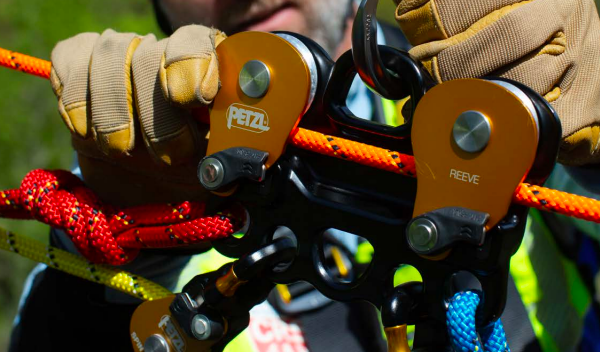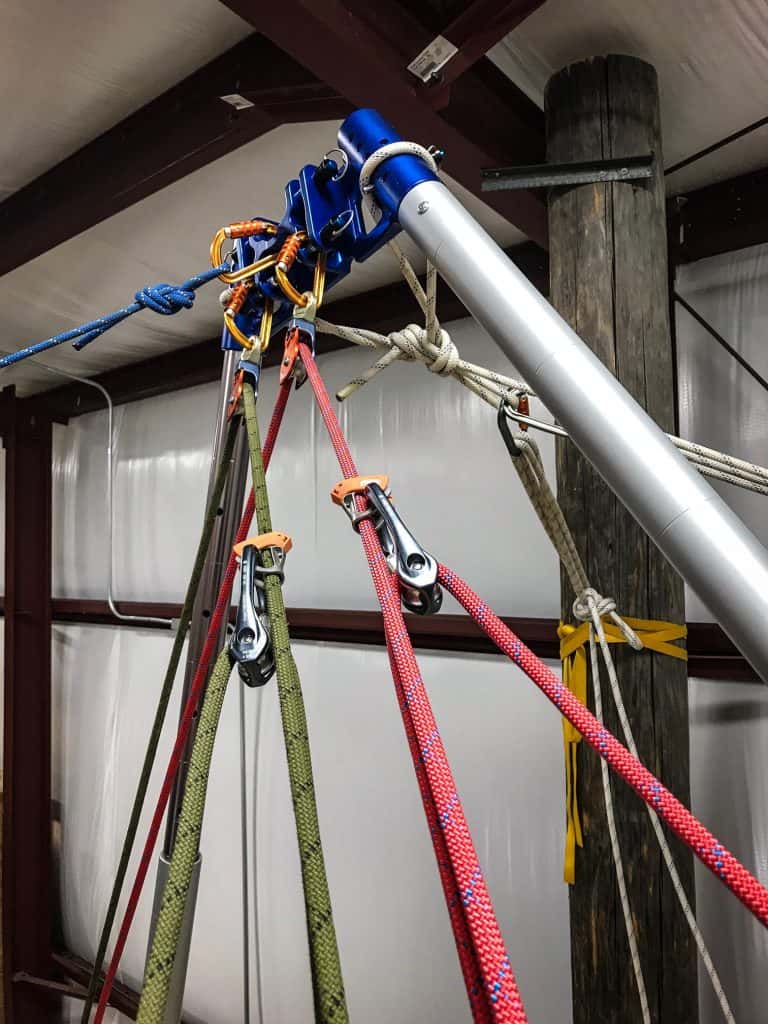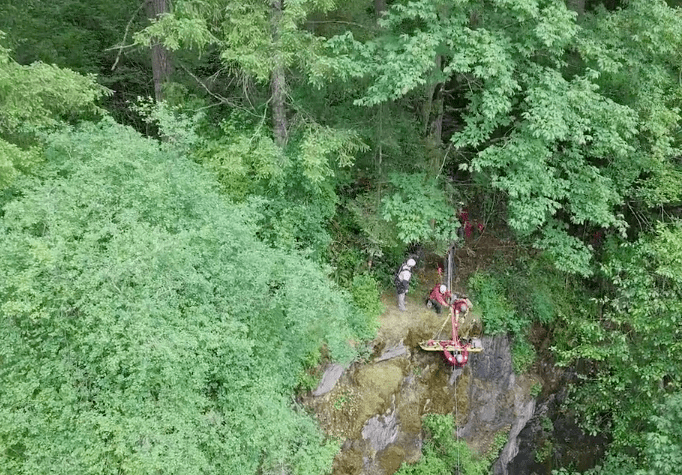How To Use The Petzl Reeve Carriage Pulley: Reeving Highlines
Let’s take a look at the Petzl REEVE carriage pulley and some of its common uses. The REEVE is made from two high-efficiency pulleys mounted onto a rigging plate. This design simplifies setting up rescue systems on a highline by reducing the amount of equipment needed as well as reducing the overall height of […]
How To Use The Petzl Reeve Carriage Pulley: Reeving Highlines Read More »




